
Isachsen is a remote Arctic research-weather station named after the Norwegian explorer of the Arctic, Gunnar Isachsen. It is on the western shore of Ellef Ringnes Island in the Sverdrup Islands, in the territory of Nunavut in Canada. Isachsen Station was established to participate in a joint Canadian-American weather observation program. Isachsen Station operated from April 3, 1948, through September 19, 1978. Regular weather observations began on May 3, 1948. In October 1949, a Douglas C-47 Skytrain crash-landed near the station. No one was killed, but three on board were injured. The wreckage has been preserved by the cold weather and dry conditions.

The Queen Elizabeth Islands are the northernmost cluster of islands in Canada's Arctic Archipelago, split between Nunavut and the Northwest Territories in Northern Canada. The Queen Elizabeth Islands contain approximately 14% of the global glacier and ice cap area.
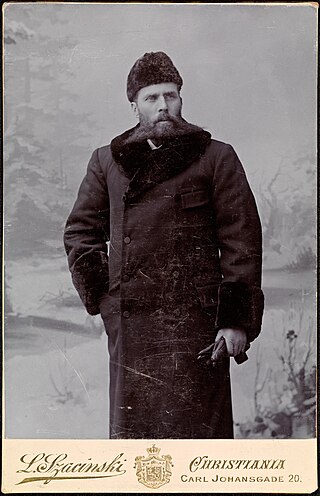
Otto Neumann Knoph Sverdrup was a Norwegian sailor and Arctic explorer.
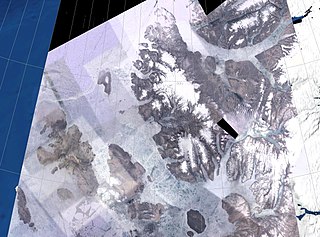
The Sverdrup Islands is an archipelago of the northern Queen Elizabeth Islands, in Nunavut, Canada. The islands are situated in the Arctic Ocean, west of Ellesmere Island from 77° to 81° North and 85° to 106° West.
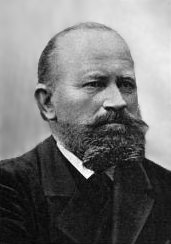
Amund Ringnes was a Norwegian businessman, brewery owner and patron.

Amund Ringnes Island is an uninhabited island and one of the Sverdrup Islands and Queen Elizabeth Islands in the Qikiqtaaluk Region, Nunavut, Canada. It is located in the Arctic Ocean, between 78 and 79 degrees of latitude. It lies east of Ellef Ringnes Island, west of Axel Heiberg Island. Hassel Sound separates Amund Ringnes Island from Ellef Ringnes Island. Hendriksen Strait is to the south, as is Cornwall Island. Norwegian Bay is to the east, as is Haig-Thomas Island. To the north lies Peary Channel.

Sverre Helge Hassel was a Norwegian polar explorer and one of the first five people to reach the South Pole.
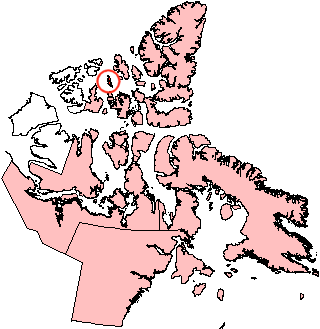
Lougheed Island is one of the uninhabited members of the Queen Elizabeth Islands of the Arctic Archipelago in the Qikiqtaaluk Region, Nunavut. It measures 1,312 km2 (507 sq mi) in size. It is relatively isolated compared to other Canadian Arctic islands, and is located in the Arctic Ocean, halfway between Ellef Ringnes Island to the northeast and Melville Island to the southwest. It is part of the Findlay Group.
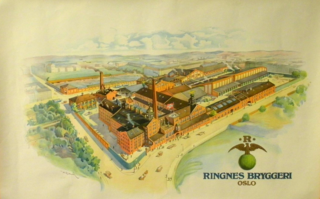
Ringnes is the largest brewer in Norway. owned by the Carlsberg Group.
King Christian Island is an uninhabited member of the Arctic Archipelago in the Sverdrup Islands, a part of the Queen Elizabeth Islands archipelago, in the Qikiqtaaluk Region of Nunavut, Canada. It lies in the Arctic Ocean, 13.5 km (8.4 mi) from the southwestern coast of Ellef Ringnes Island, separated by the Danish Strait.
The Fay Islands are part of the Sverdrup Islands in Qikiqtaaluk Region, Nunavut, Canada. Located in the Arctic Ocean, they are also members of the Queen Elizabeth Islands and Arctic Archipelago. They lie within the Sverdrup Channel between Meighen Island and the west coast of Axel Heiberg Island. Peary Channel and Amund Ringnes Island are to the south. The Fay Islands are four very small islands, on occasion mistaken as sediment-loaded glaciers.

Norwegian Bay is an Arctic Ocean waterway in the Qikiqtaaluk Region of Nunavut, Canada. Amund Ringnes Island is to the northwest, and Axel Heiberg Island is to the north. Ellesmere Island is to the east, and Devon Island is to the south.
The Peary Channel is a waterway in the territory of Nunavut. It is an arm of the Arctic Ocean, and it spreads southeast between Meighen Island to the north, Axel Heiberg Island to the east, Amund Ringnes Island to the south, and Ellef Ringnes Island to the west. The channel is approximately 193 km (120 mi) long and 97 km (60 mi) wide.
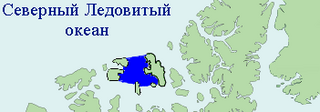
Prince Gustaf Adolf Sea formerly Prince Gustav Adolf Sea is a marginal sea of the Arctic Ocean located in the Qikiqtaaluk Region, Nunavut, and the Inuvik Region, Canada.
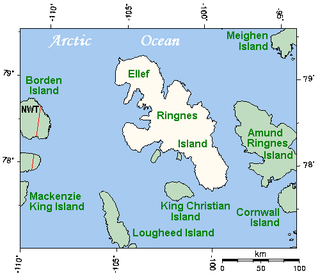
Danish Strait is a strait running through the Sverdrup Islands in the Canadian Arctic Archipelago. Located in the waters of the Canadian territory of Nunavut, this natural waterway separates Thor Island to the north-west and Ellef Ringnes Island to the north and east from King Christian Island to the south.
Hassel Sound is an uninhabited natural waterway in the Qikiqtaaluk Region, Nunavut, Canada. It separates Ellef Ringnes Island to the west from Amund Ringnes Island to the east.
The Kanguk Formation is a geological formation in the Northwest Territories and Nunavut, Canada whose strata date back to the Late Cretaceous. Dinosaur remains are among the fossils that have been recovered from the formation.

Gunnerius Ingvald Isachsen, was a Norwegian military officer and polar scientist. From 1923, he was the first president of the Norwegian Maritime Museum.
The Bjorne Formation is a formation of sandstones and shales in the Canadian Arctic Archipelago. The southern edge of the formation includes petroleum reserves in Melville Island. The basin also includes Mackenzie King Island, Lougheed Island and portions of Prince Patrick Island, Borden Island, Ellef Ringnes Island, Amund Ringnes Island, and Cornwall Island.
Cape Sverre is a peninsula in Qikiqtaaluk Region, Nunavut, Canada. Named in honor of Sverre Hassel of the 1900 Otto Sverdrup expedition, it is the northernmost point on Amund Ringnes Island.

















